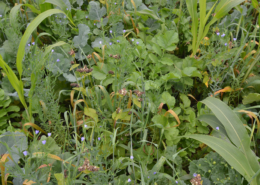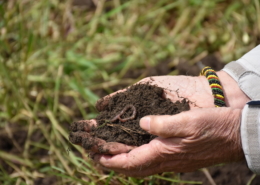Cover Crops
Five soil principles guide ATTRA’s practices to build soil health and subsequent farm productivity: reducing disturbance, keeping the soil covered, maintaining living roots year-round, increasing diversity, and incorporating livestock grazing. Of these five principles, cover cropping addresses at least four of them (and all five if you use cover crops for grazing livestock) and is thus a crucial practice farmers and graziers can use on their farms and ranches.
Cover crops—ideally a mixture of annual grasses, legumes, and forbs grown between cash crops—are known to reduce erosion, increase soil organic matter content, capture and recycle nutrients in the soil, increase biodiversity, suppress weeds and pests, manage soil moisture, and provide high–quality forage for livestock. ATTRA’s practical resources will help farmers choose the best cover crop species by function, planting methods, and termination options.
Related Topics
Staff Expert



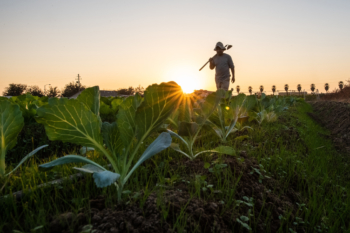

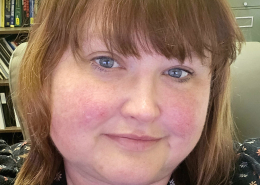
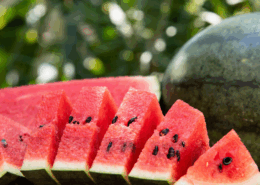



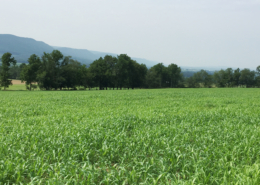
 USDA
USDA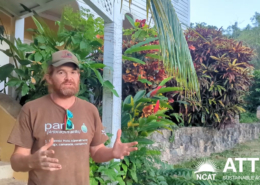
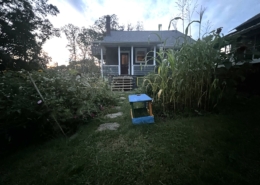
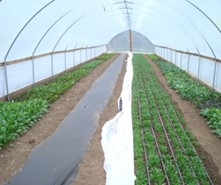


 NCAT
NCAT USDA NRCS
USDA NRCS